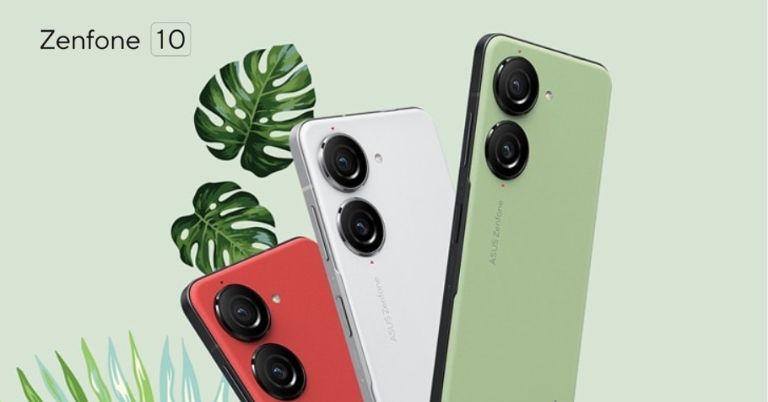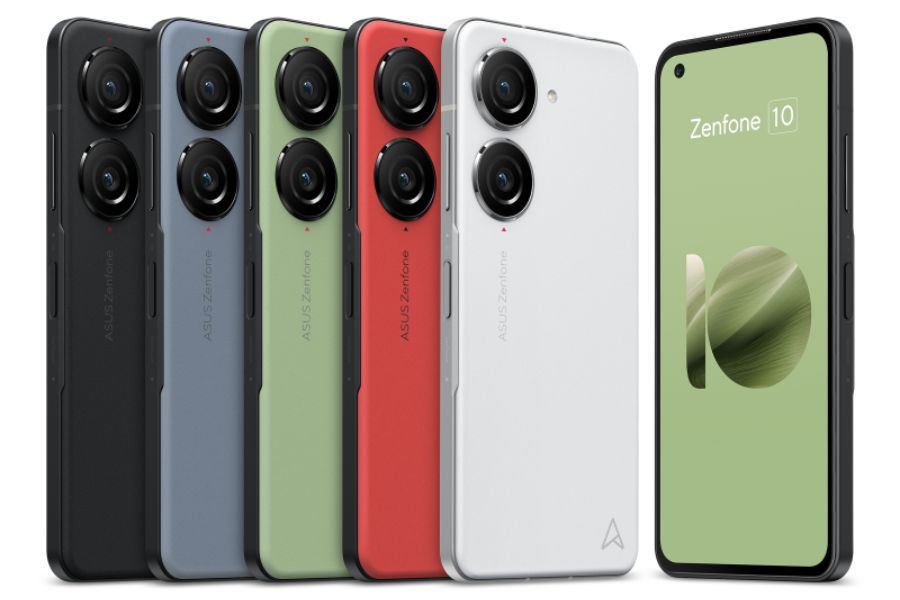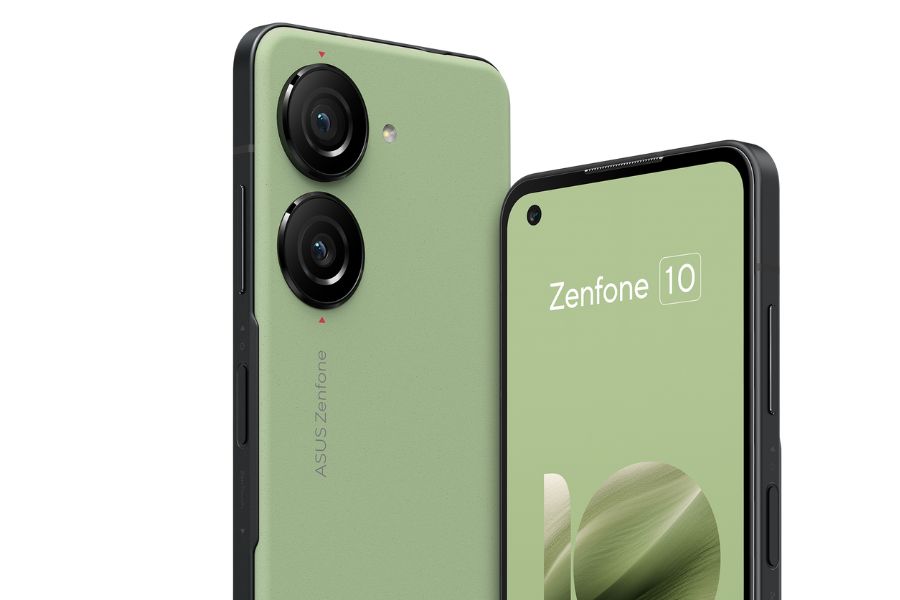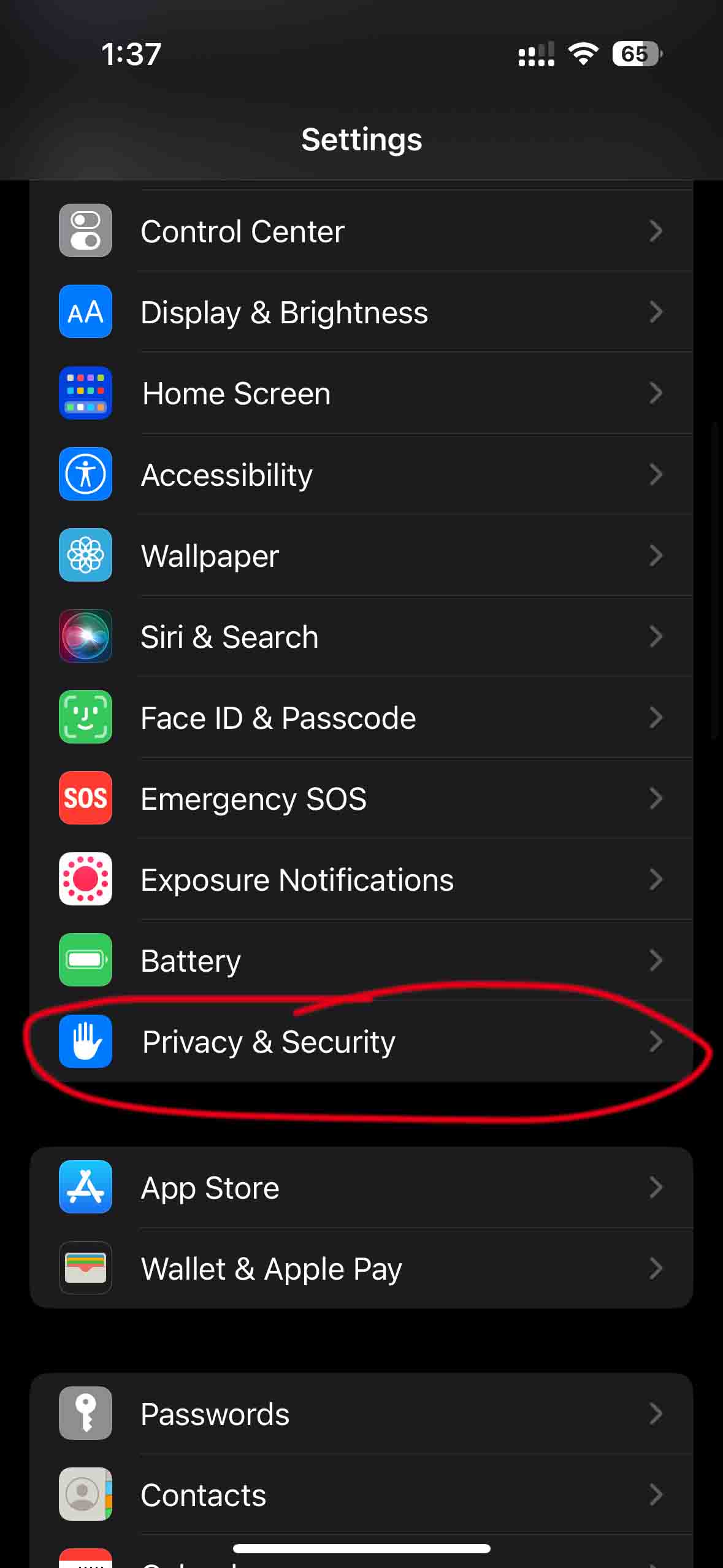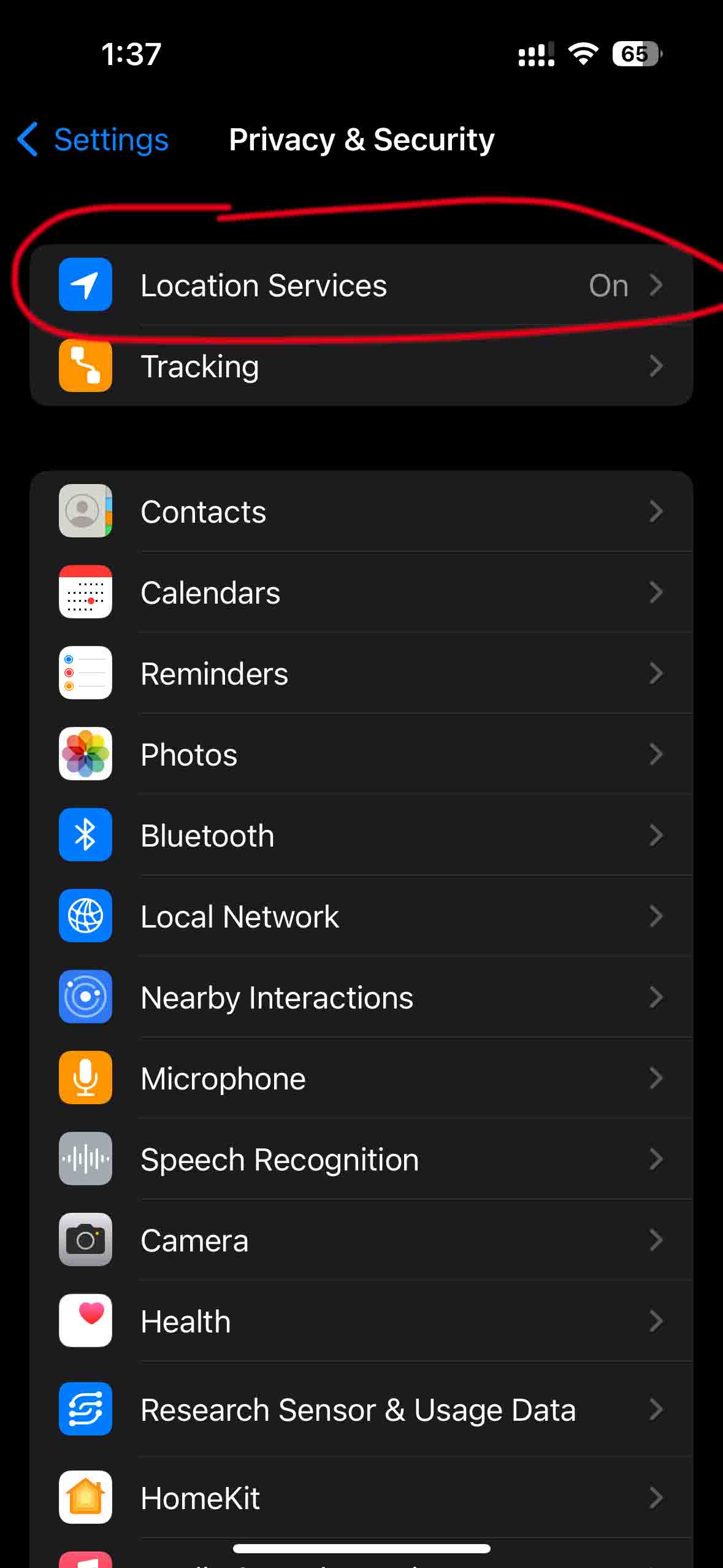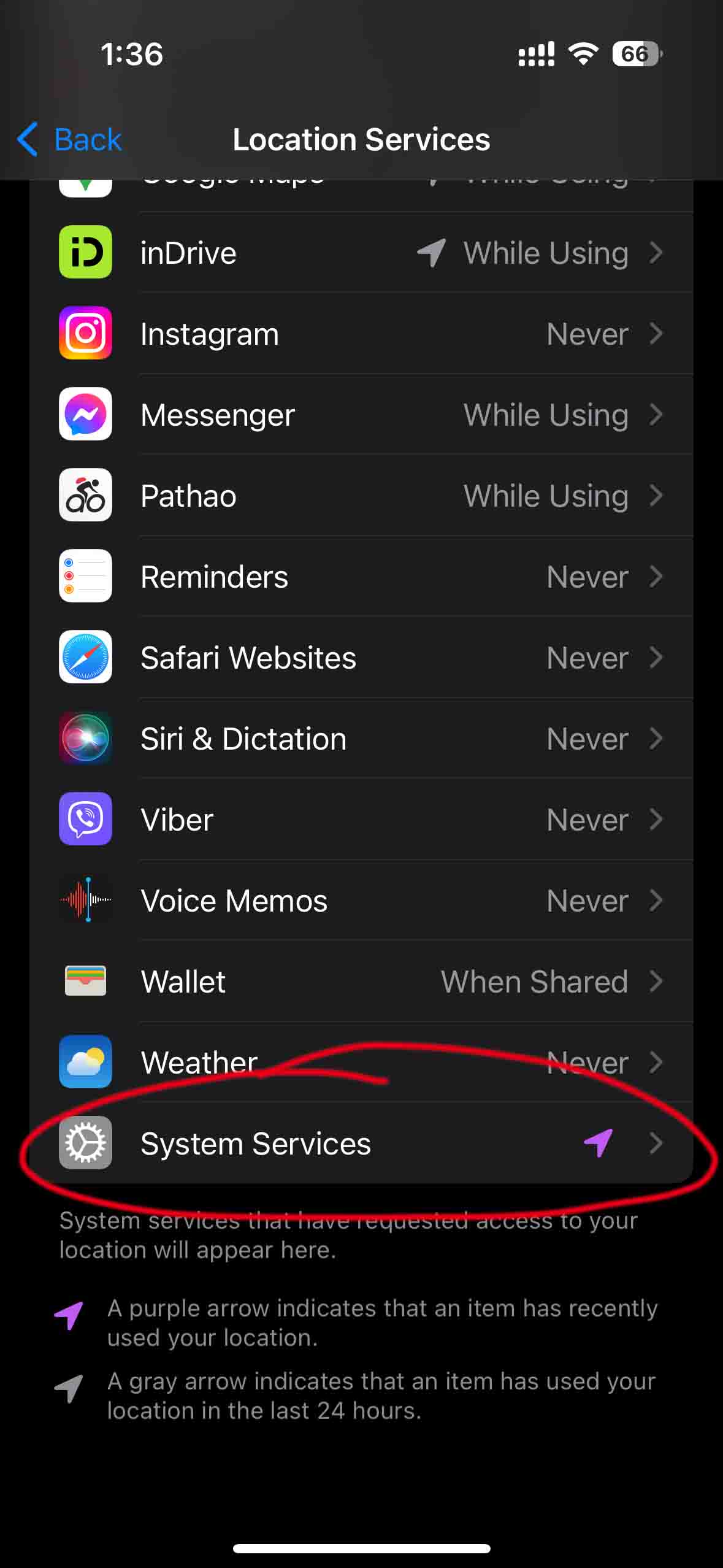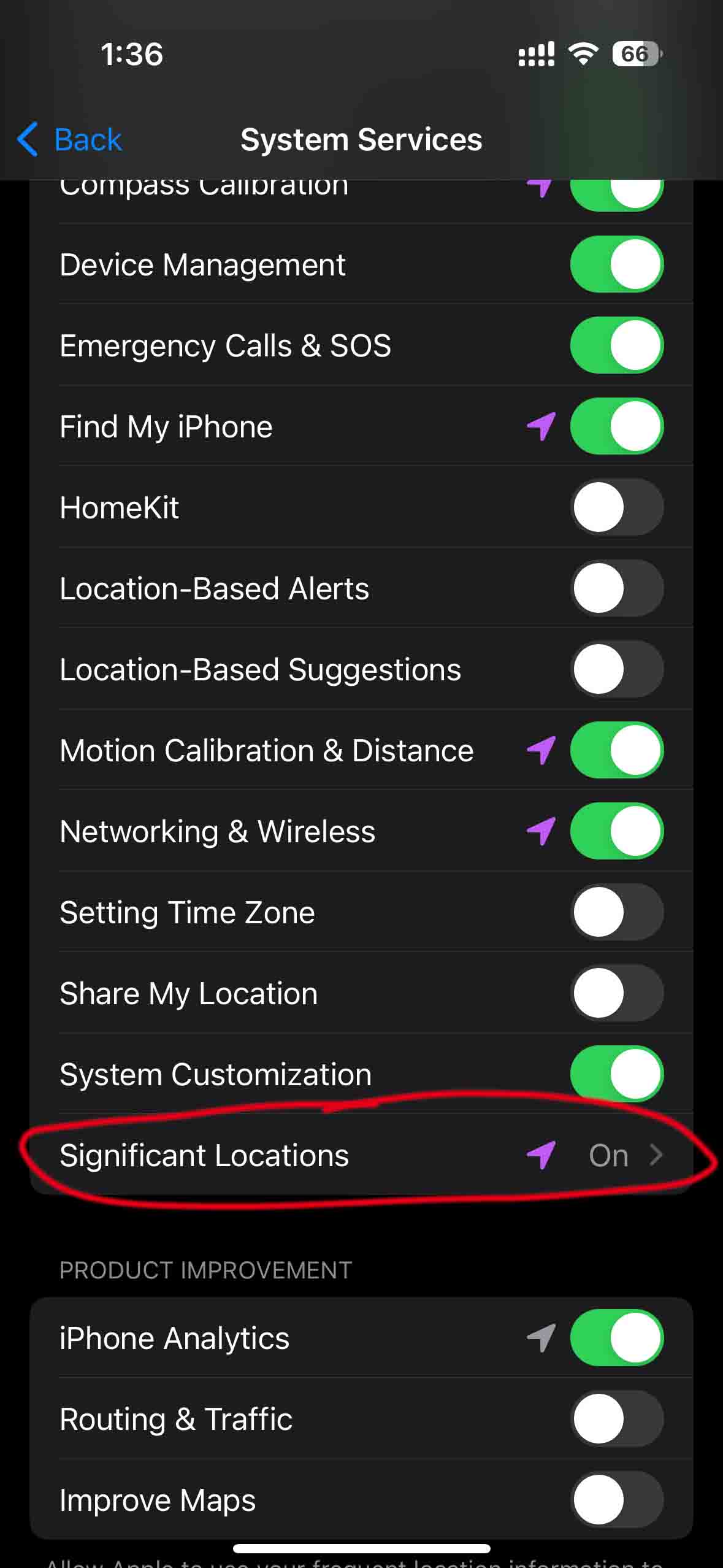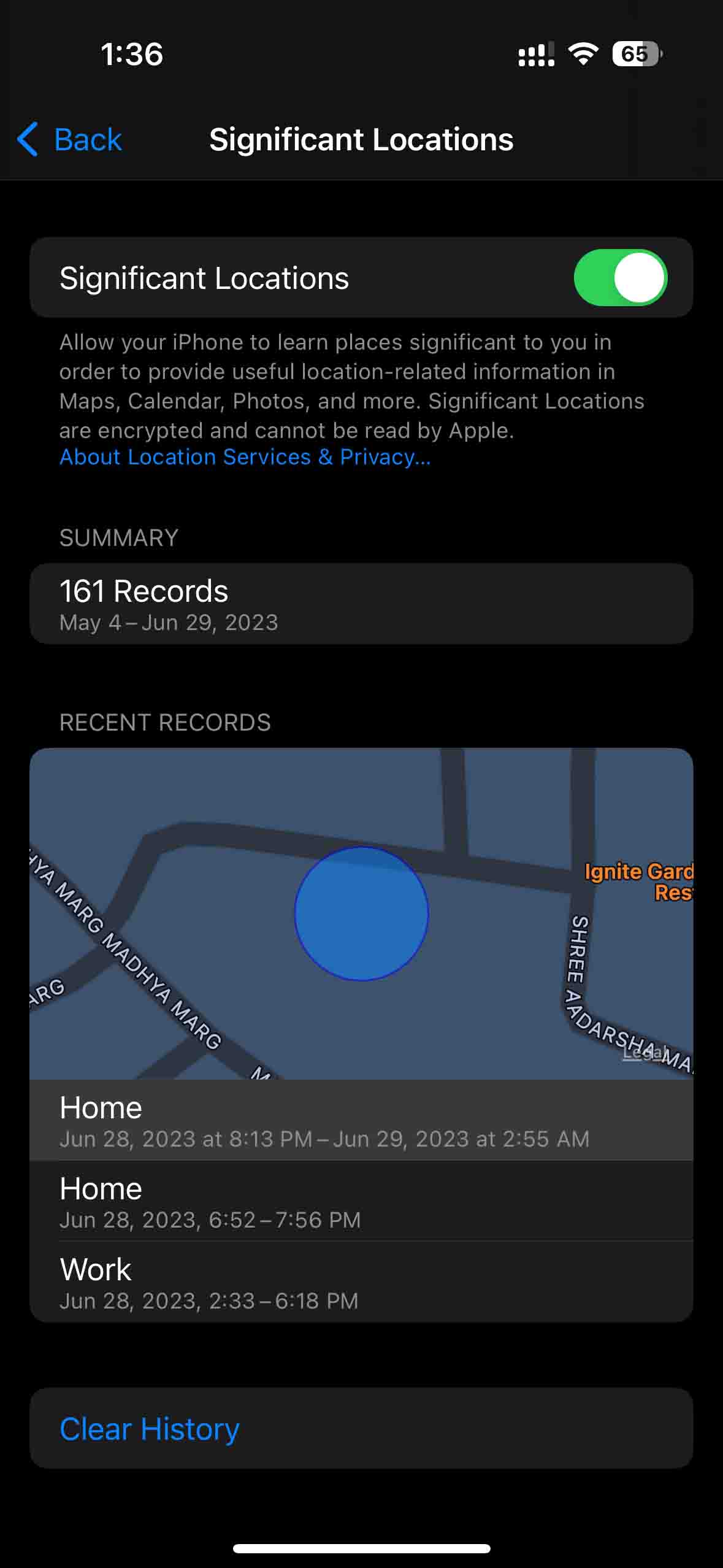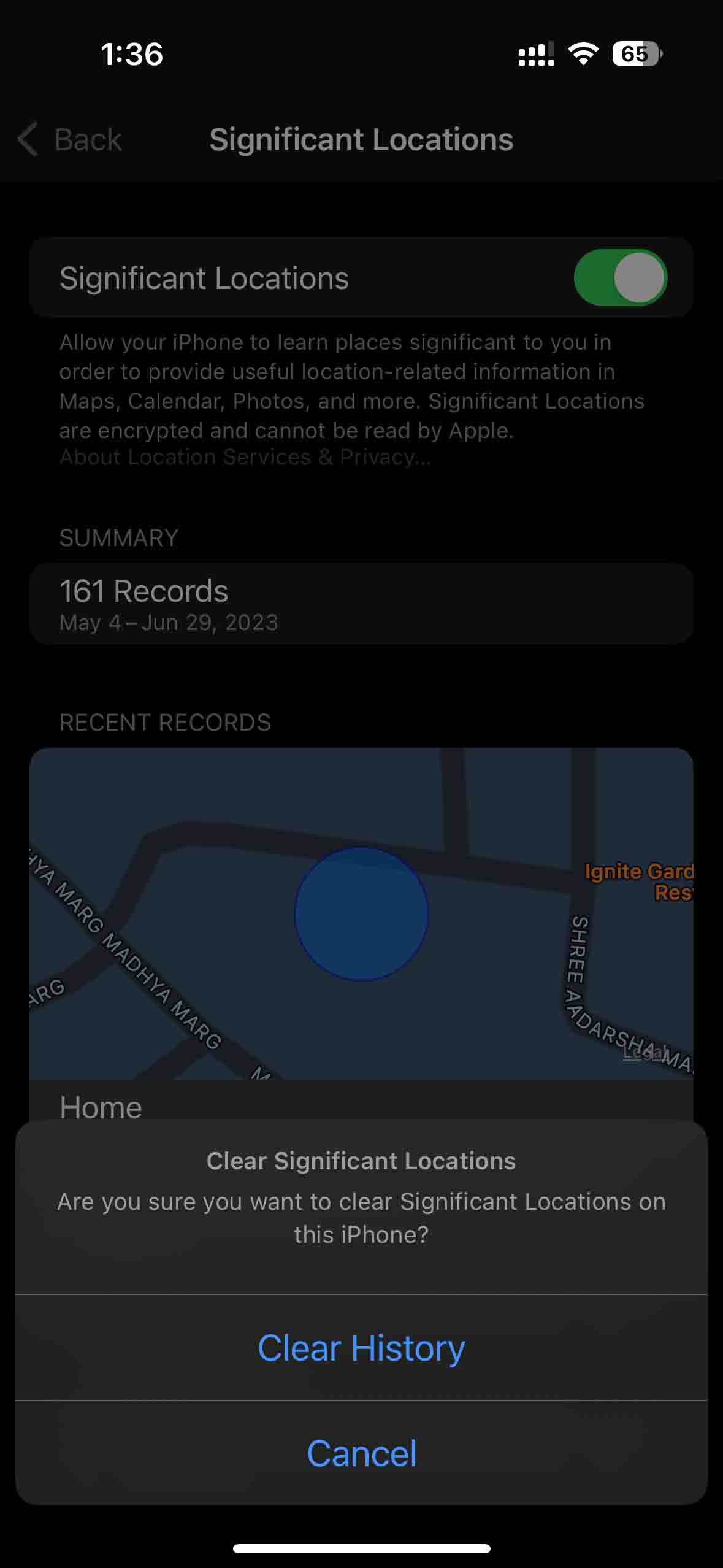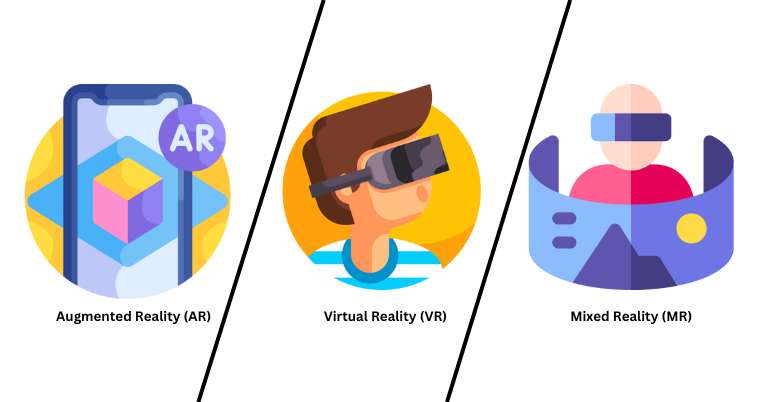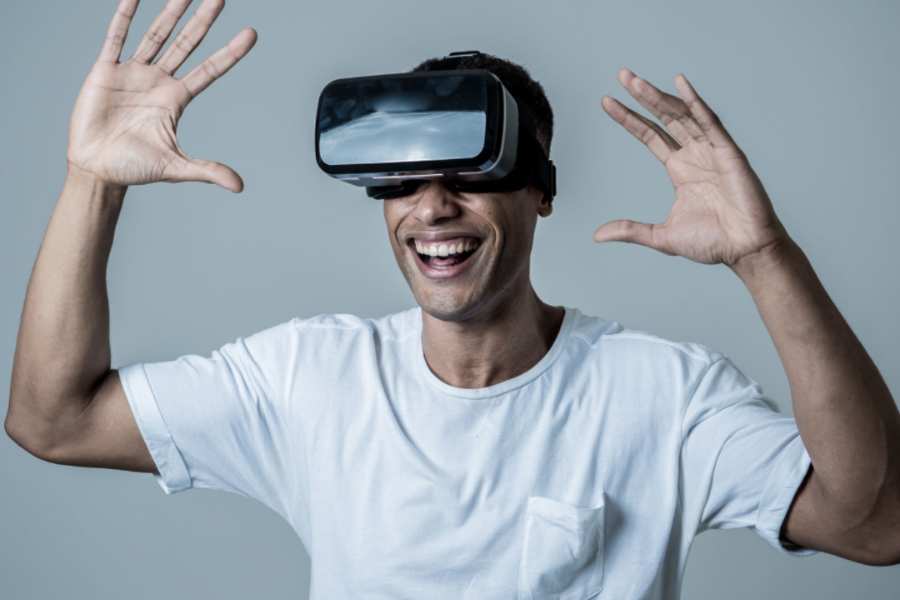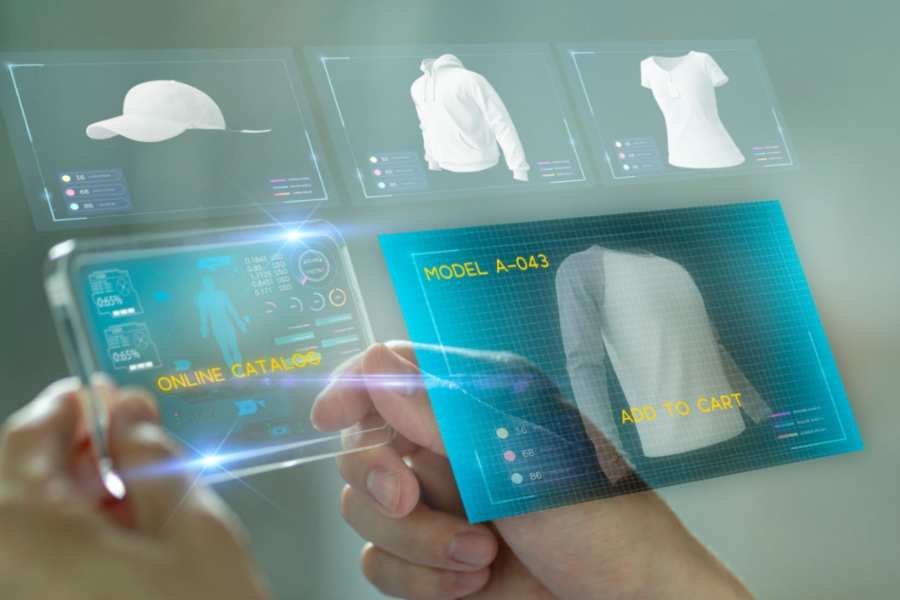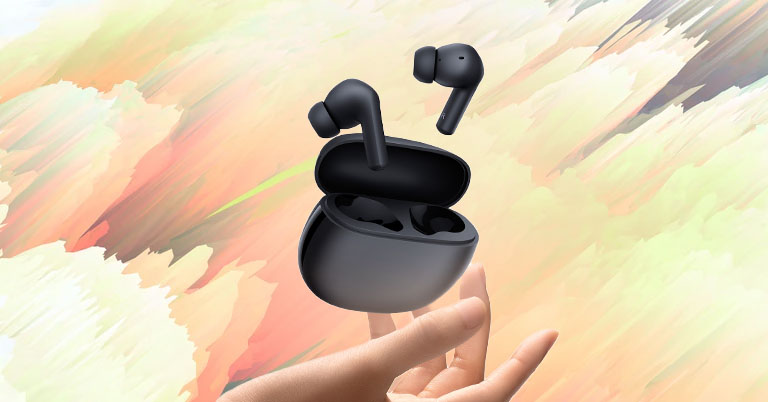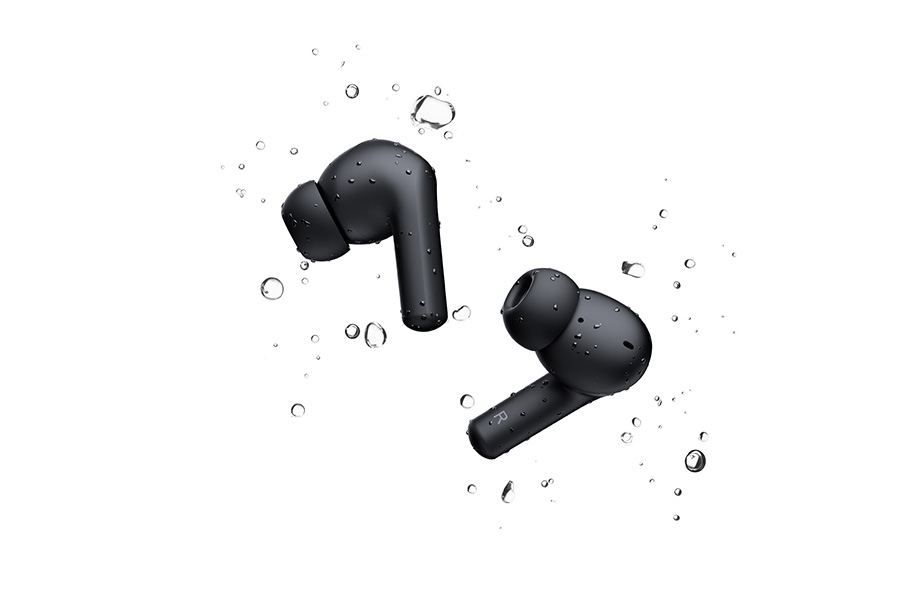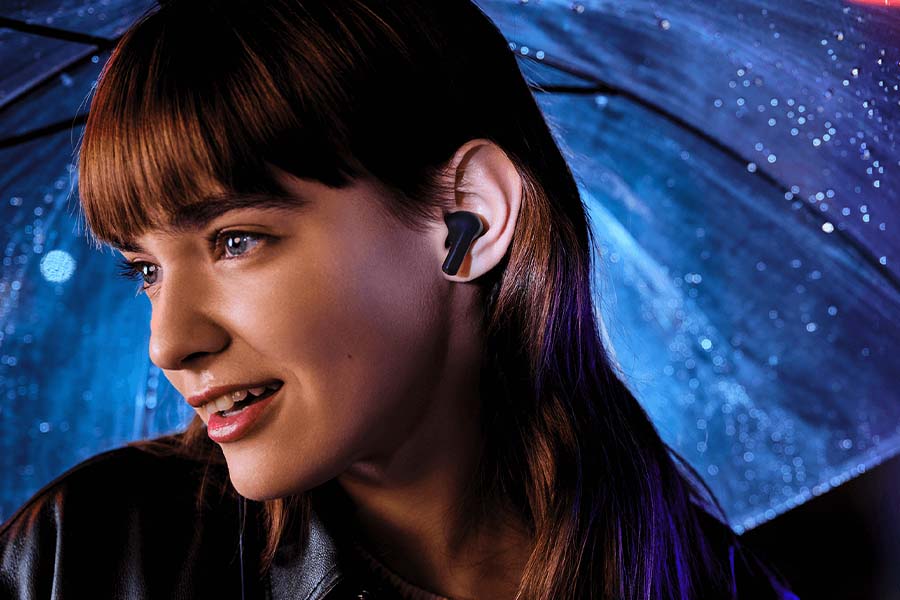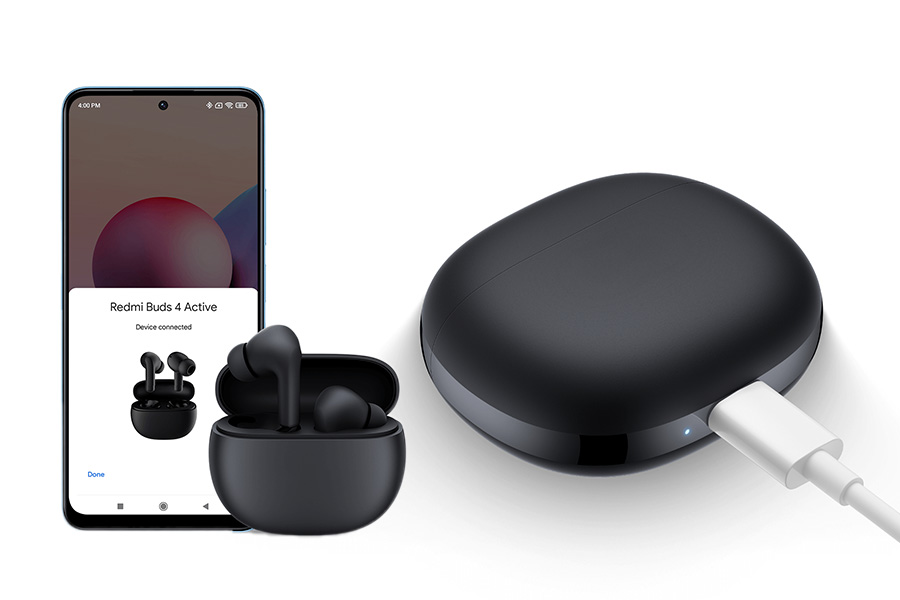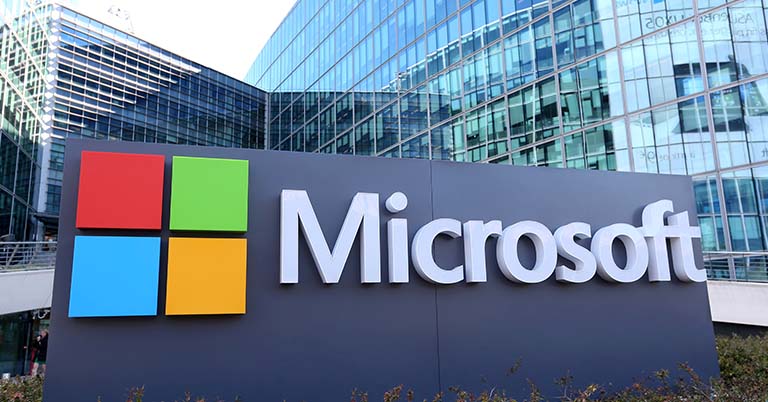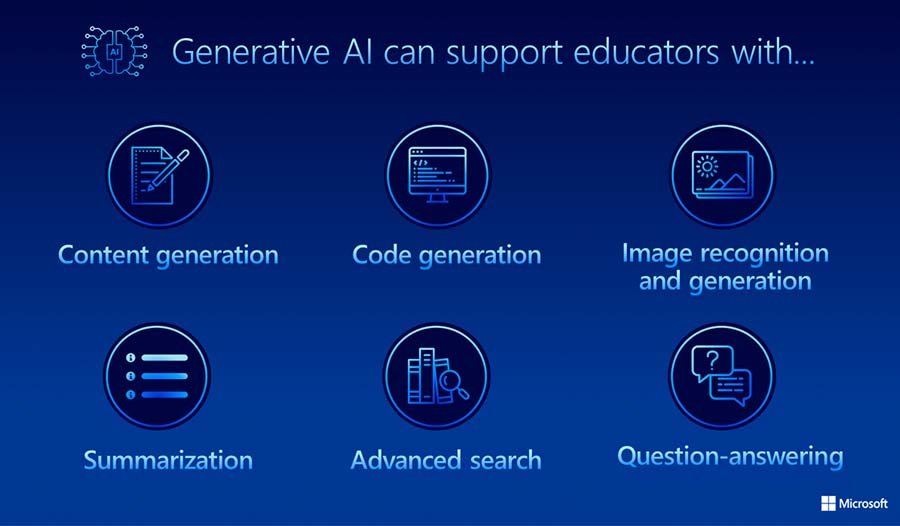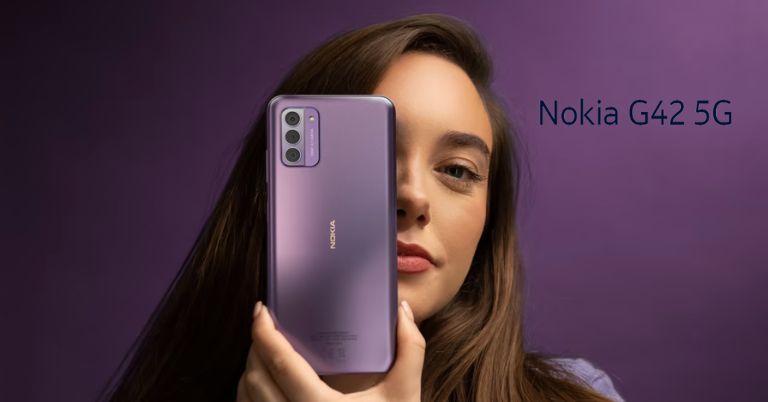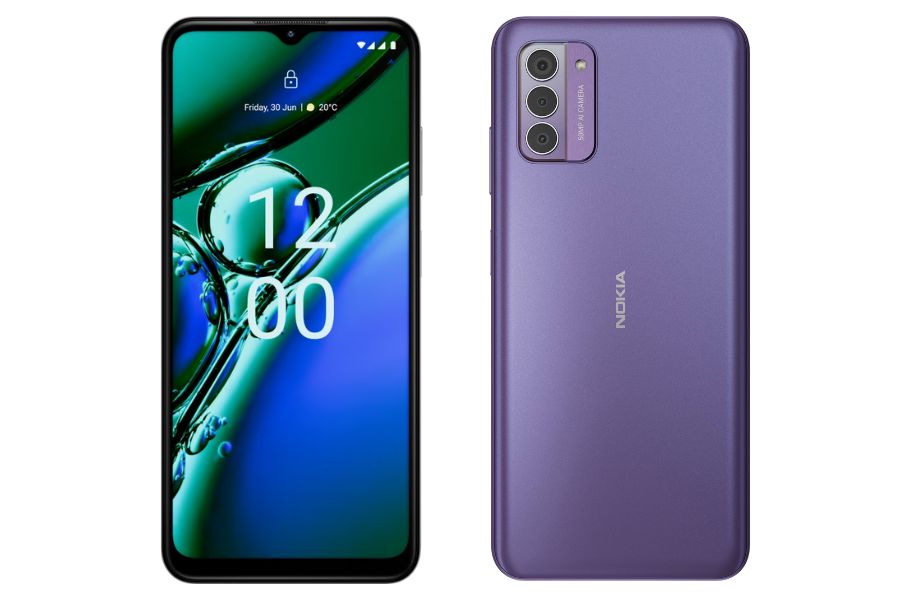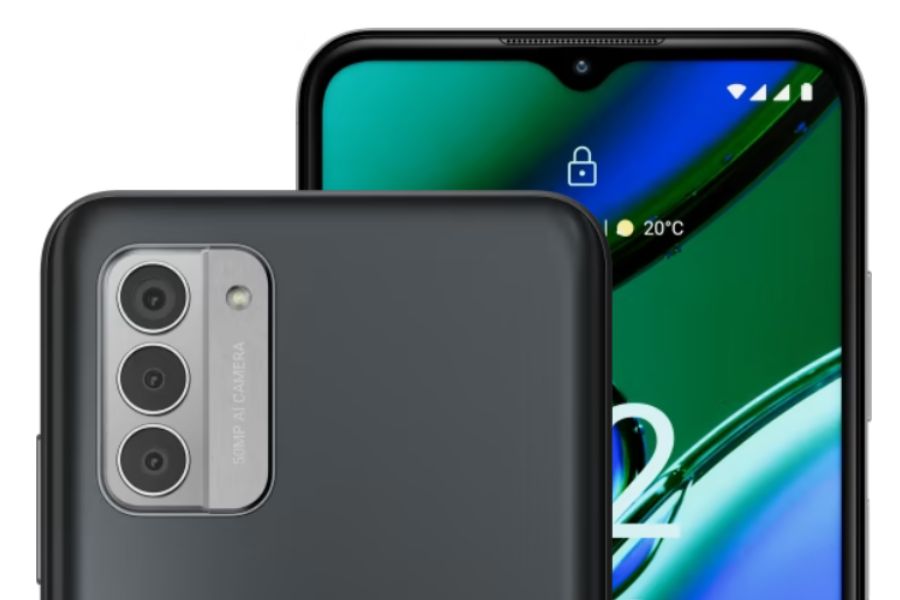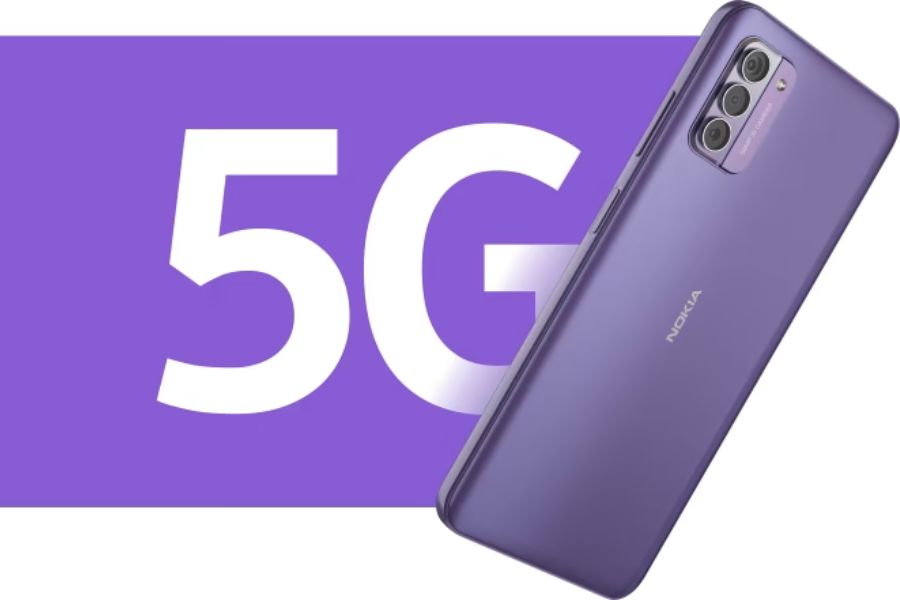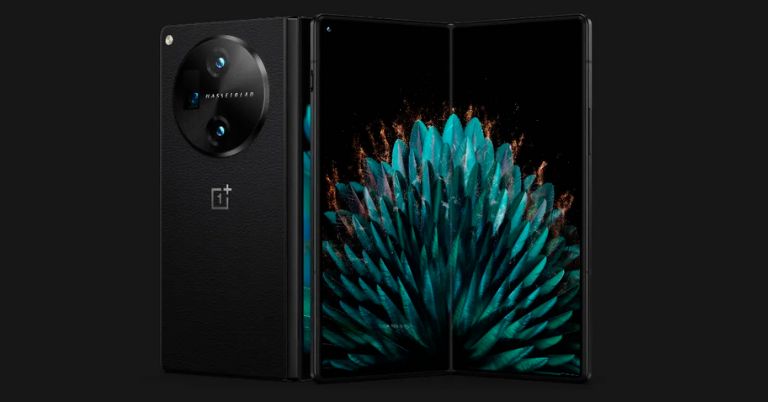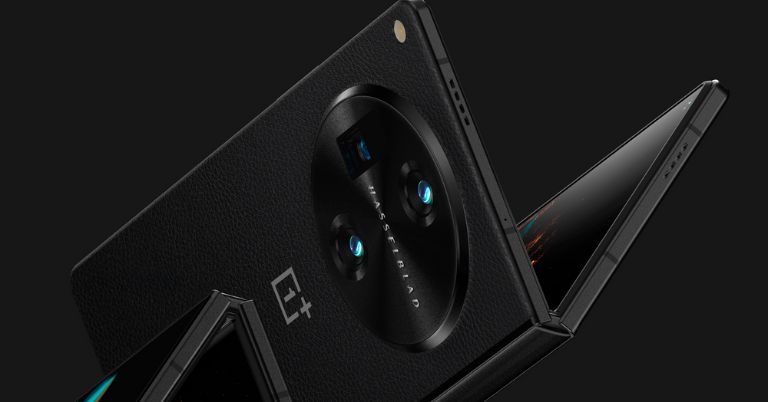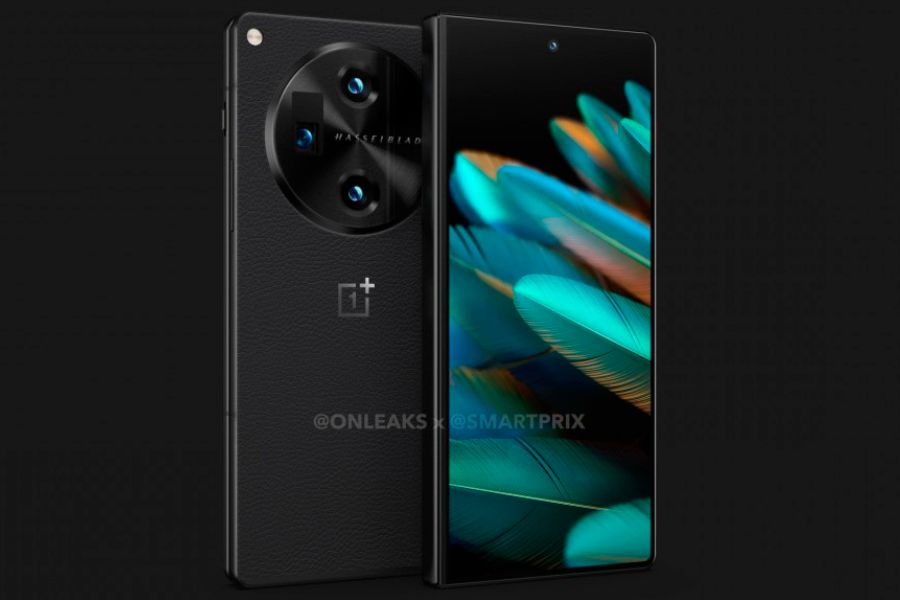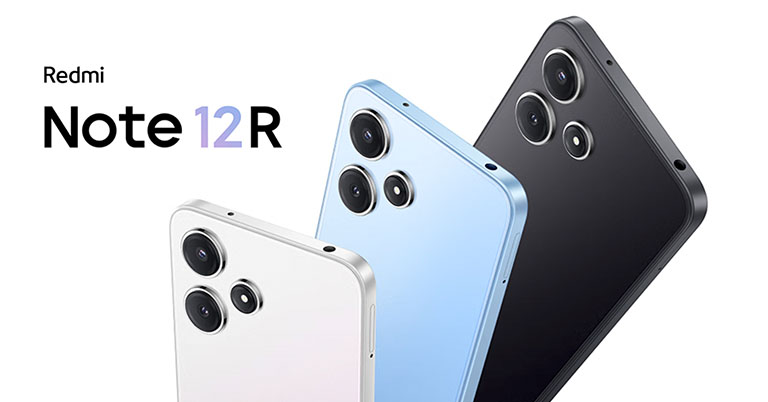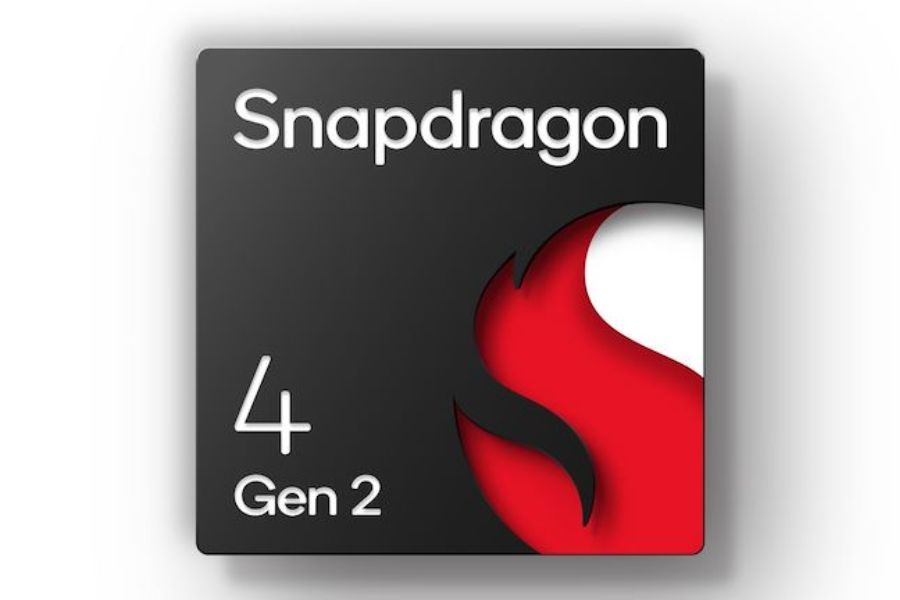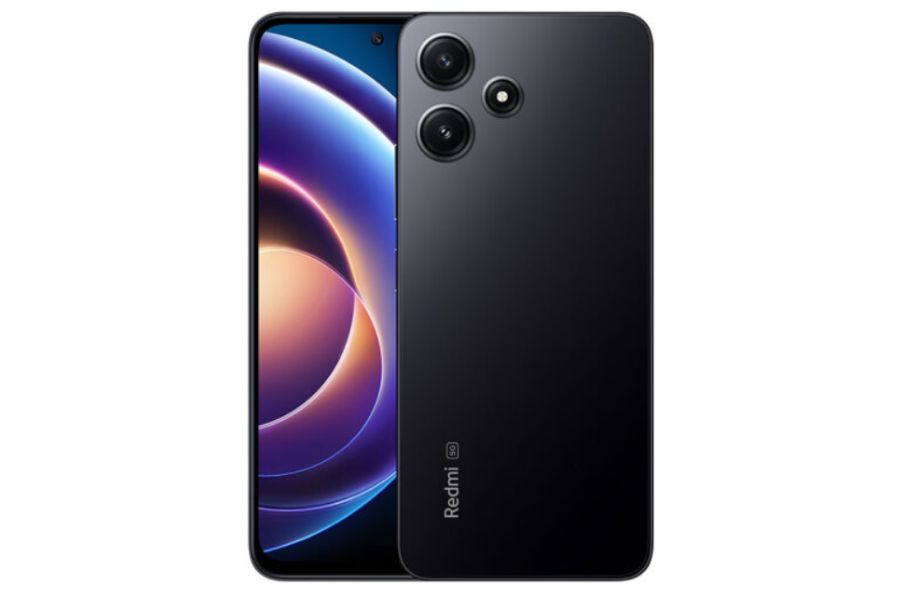Researchers in China have just made a breakthrough in nanohertz gravitational waves, which might be a gateway to understanding supermassive black holes in the universe. Let’s take a look at this interesting discovery.
What are nanohertz gravitational waves?
Gravitational waves are ripples in space-time created when massive objects like planets and stars move at very high speeds. And these waves travel at the speed of light, 1.86 miles per second There’s a wide spectrum of gravitational waves and those with extremely low frequencies are nanohertz gravitational waves. These are created by extremely large but slow-moving objects like black holes.
And the only way to study gravitational waves is either using radio telescopes or a technique called “Pulsar timing array“. Breakthrough in nanohertz gravitational wave research might unlock secrets to the formation, evolution, and merger of galaxies, and the early structure of the universe.

Recently, researchers from the Chinese Pulsar Timing Array (CPTA) used the “Sky Eye” FAST telescope (located in Guizhou, China) and found key evidence of nanohertz gravitational waves.
- Also read:
- China launches crewed Shenzhou-12 spacecraft to its new space station
- Zero 2 Infinity will take you to space for $132K on its Bloon pod
- Vast Space announces SpaceX partnership for the world’s first private space station
CPTA Findings
Researchers at CPTA used Five-hundred-meter Aperture Spherical Telescope (FAST) to analyze data from 57 millisecond pulsars, spanning 41 months. The analysis of the collected data hinted at “very encouraging” evidence of nanohertz gravitational waves. This will possibly allow scientists to systematically study supermassive black holes orbiting each other at the core of galaxies.
“Our statistical confidence level is 4.6 sigma, which means the chances for the signal to be caused by some noise rather than gravitational waves are lower than two in a million,” said Kejia Lee, team leader of the operation.
He also added that they were currently unable to identify the astronomical sources of current signals due to the short observation span but will be able to do so as the time spans increase.
International efforts
CPTA achieved its breakthroughs at the same time as other international agencies like NANOGrav from the US. And PPTA from Australia, EPTA from Europe, and InPTA from India. Findings from all these institutions will be shared under the International Pulsar Timing Array (IPTA). But as of today, CPTA has not signed the data-sharing agreement yet.
So right now, China is at the forefront of nanohertz gravitational wave research but the findings are still not concrete. CPTA’s accuracy of 4.6 sigma — while impressive — falls just short of the 5 sigma gold standard required to claim the detection of these waves. So, for the time being, looks like we’re still far from unlocking the secrets to the mysteries of black holes.
- Meanwhile, check our Galaxy A54 vs Galaxy F54 comparison



